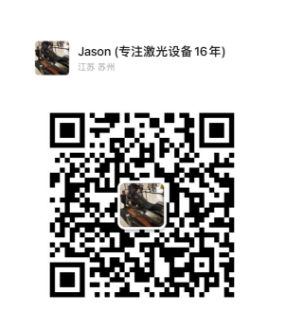There are many differences between laser marking and traditional marking methods such as printing, etching, stamping, etc. The following is a comparison of the two marking methods, including analysis of advantages and disadvantages, applicable scenarios, etc.:
1. Marking method
Laser marking:
Use a laser beam to evaporate or ablate the surface of the material to form a permanent mark.
It can achieve fine patterns and text markings.
Traditional marking:
Such as printing, etching, stamping, labeling, etc., usually use physical methods to leave marks on the material.
The printing or etching process may involve ink, chemicals or mechanical forces.
2. Marking quality
Laser marking:
High precision and clarity, capable of small-size text and complex patterns.
Not easy to wear, strong weather resistance, suitable for long-term use.
Traditional marking:
Marking quality is limited by tools and materials, and may appear blurred or uneven.
Some methods (such as printing) may wear due to friction or chemical corrosion.
3. Applicable materials
Laser marking:
Applicable to a variety of materials, including metal, plastic, glass, wood, leather, etc.
Lasers with different wavelengths can meet the marking needs of different materials.
Traditional marking:
Each method is usually suitable for specific materials and has strong restrictions. For example, stamping is often used for metals, while printing is more suitable for paper and plastics.
4. Speed and efficiency
Laser marking:
The marking speed is fast, suitable for large-scale production, and can achieve fast switching and automation.
It can still maintain a high speed when processing complex patterns.
Traditional marking:
Speed is limited, especially the marking of complex patterns may take more time.
Usually requires more manual intervention and adjustment.
5. Cost
Laser marking:
The initial investment is high, but the operation and maintenance costs are low, which can reduce the overall production cost in the long run.
No consumables (such as ink) are required, which reduces material costs.
Traditional marking:
The initial investment is low, but the consumables and maintenance costs required for long-term operation may be high.
Equipment wear may lead to increased repair and replacement costs.
6. Environmental factors
Laser marking:
More environmentally friendly, no chemical materials or inks are required.
Relatively less waste and pollution are generated.
Traditional marking:
Some methods may involve chemicals and environmental pollution (such as inkjet printing).
More waste and pollutants need to be handled.
7. Applicable scenarios and applications
Laser marking:
Applicable to fields with high precision requirements, such as electronics, medical, aerospace, automotive and other industries.
Can be used for personalized and customized products, such as gifts and crafts.
Traditional marking:
More commonly used in scenarios such as daily consumer goods, packaging identification, and rapid product marking.
Suitable for signs and labels with low precision requirements.
Laser marking and traditional marking each have their own advantages and disadvantages. The choice of marking method should be evaluated based on specific needs, material type, production scale and cost considerations. With the increasing demand for high precision, high efficiency and environmental friendliness, laser marking technology is becoming more and more popular. Click here to contact Suntop Laser now to learn more.



























































